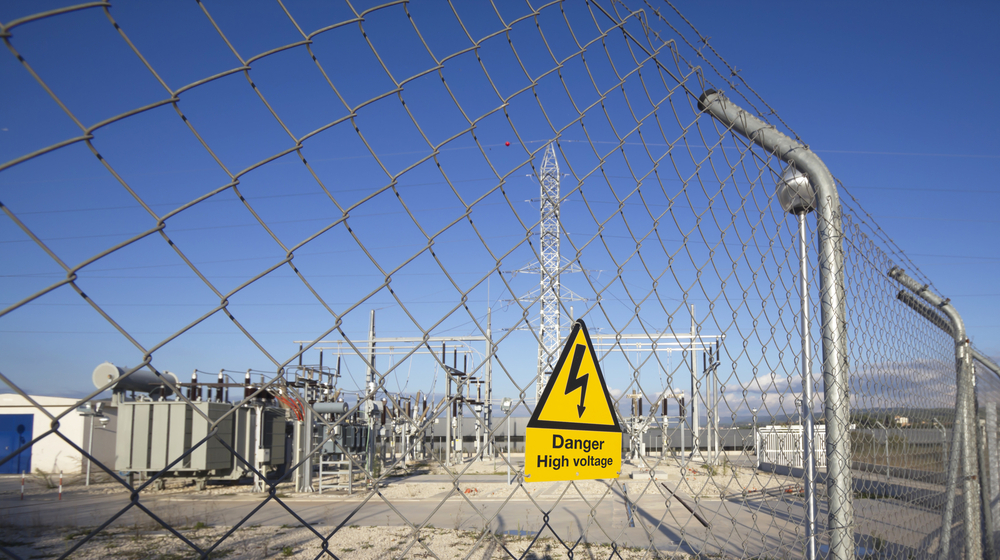Roar Solutions for Beginners
Roar Solutions for Beginners
Blog Article
Roar Solutions for Beginners
Table of ContentsThe Single Strategy To Use For Roar SolutionsThe Single Strategy To Use For Roar SolutionsAll about Roar Solutions
In order to safeguard installations from a prospective explosion a technique of analysing and classifying a possibly hazardous location is needed. The objective of this is to guarantee the right choice and setup of tools to ultimately prevent a surge and to guarantee safety of life.
(https://padlet.com/thomascarrillo4740/roar-training-solutions-jrrziydpbb7m3xsa)
No tools ought to be set up where the surface area temperature level of the devices is better than the ignition temperature level of the provided threat. Below are some common dust dangerous and their minimum ignition temperature level. Coal Dirt 380C 225C Polythene 420C (thaws) Methyl Cellulose 420C 320C Starch 460C 435C Flour 490C 340C Sugar 490C 460C Grain Dust 510C 300C Phenolic Material 530C > 450C Aluminium 590C > 450C PVC 700C > 450C Residue 810C 570C The likelihood of the hazard existing in a concentration high adequate to trigger an ignition will vary from location to area.
In order to identify this risk an installation is split into areas of risk relying on the quantity of time the harmful is existing. These locations are referred to as Areas. For gases and vapours and dirts and fibers there are 3 zones. Zone 0 Area 20 An unsafe environment is very likely to be existing and may exist for extended periods of time (> 1000 hours each year) or perhaps continuously Area 1 Area 21 A dangerous ambience is feasible however not likely to be existing for lengthy durations of time (> 10 450 C [842 F] A category of T6 implies the minimal ignition temperature level is > 85 C [185 F] Harmful area electric devices maybe developed for use in higher ambient temperature levels. This would certainly suggested on the ranking plate e.g. EExe II C T3 Ta + 60C( This means at 60C ambient T3 will certainly not be gone beyond) T1 T1, T2, T3, T4, T5, T6 T2 T2, T3, T4, T5, T6 T3 T3, T4, T5, T6 T4 T4, T5, T6 T5 T5, T6 T6 T6 A T Class ranking of T1 indicates the optimum surface temperature produced by the tool at 40 C is 450 C. Thinking the connected T Class and Temperature level rating for the tools are suitable for the location, you can constantly make use of a tool with a much more strict Division score than required for the location. There isn't a clear solution to this concern. It actually does rely on the sort of devices and what repair work need to be accomplished. Tools with details test procedures that can not be performed in the field in order to achieve/maintain 3rd party rating. Must come back to the factory if it is before the tools's service. Field Repair By Authorised Personnel: Complicated testing may not be required however certain procedures might require to be adhered to in order for the tools to keep its 3rd party score. Authorized workers should be utilized to carry out the job properly Repair work have to be a like for like substitute. New part need to be considered as a straight replacement needing no special testing of the equipment after the repair work is total. Each tool with a hazardous score should be examined individually. These are detailed at a high level below, but also for even more in-depth info, please refer directly to the guidelines.
All about Roar Solutions
The equipment register is an extensive database of devices documents that includes a minimum set of areas to recognize each thing's place, technological parameters, Ex-spouse category, age, and ecological data. The ratio of Comprehensive to Close examinations will certainly be identified by the Equipment Threat, which is analyzed based on ignition threat (the likelihood of a source of ignition versus the probability of a combustible environment )and the dangerous area category
( Zone 0, 1, or 2). Implementing a durable Risk-Based Evaluation( RBI )technique is crucial for guaranteeing compliance and safety and security in handling Electric Devices in Hazardous Areas( EEHA).
The 15-Second Trick For Roar Solutions

In regards visit the website to explosive threat, a dangerous location is a setting in which an explosive atmosphere exists (or might be expected to be present) in quantities that call for special safety measures for the building, installation and use devices. eeha. In this article we discover the difficulties dealt with in the workplace, the danger control steps, and the required proficiencies to function safely
It issues of contemporary life that we manufacture, store or handle a series of gases or fluids that are regarded flammable, and a variety of dusts that are deemed flammable. These materials can, in certain problems, develop explosive ambiences and these can have major and terrible consequences. Most of us are acquainted with the fire triangle eliminate any kind of one of the three components and the fire can not take place, but what does this mean in the context of harmful locations? When damaging this down right into its simplest terms it is basically: a combination of a particular quantity of release or leakage of a particular material or product, blending with ambient oxygen, and the existence of a source of ignition.
In many circumstances, we can do little concerning the degrees of oxygen in the air, but we can have considerable impact on resources of ignition, for instance electric tools. Hazardous locations are documented on the dangerous area category drawing and are recognized on-site by the triangular "EX-SPOUSE" indicator. Here, among various other vital information, zones are split into three types depending upon the hazard, the possibility and duration that an eruptive ambience will exist; Area 0 or 20 is regarded one of the most dangerous and Zone 2 or 22 is deemed the least.
Report this page